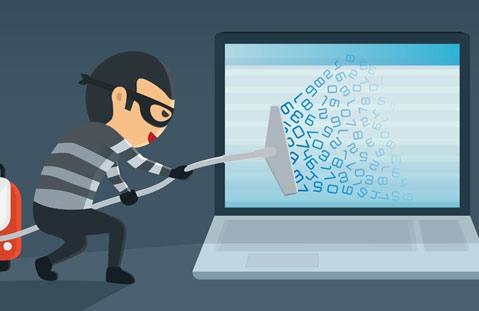5 Precautionary Measures to Safely Surf Public Networks in The Future
Not every café owner encrypts their network, even if this is actually not rocket science. But for the operator, issuing a long WLAN key is associated with effort. Guests make a mistake or don't even use the WLAN because it is too complicated for them. For this reason, operators are increasingly resorting to simply not assigning a password and thus enabling their customers to surf the web quickly and easily.
But that's at your expense, even if the network is encrypted. For, For this reason, you should take the following steps:
1. Deactivate
File/ Directory Sharing
2. Pay
Attention to Encrypted Pages
3. Activate
the System Firewall
4. Set up VPN
5. Use
the Latest Updated Versions
1.
Deactivate File/ Directory Sharing
The most important precautionary measure is to switch off
shares. If this is activated, your device will be visible to other users in
your area. The risk here is that third parties can take advantage of the
release to read files on your computer. Therefore, you should always make
sure that you deactivate the share before dialing into a public network.
With Windows computers
you have to carry out the following steps:
·
Computer Management> Shared Folders> Shares> Right
Click on the individual folders> Unshare
For macOS :
·
System settings> Approvals> Deactivate the checkmark next
to file sharing
2. Pay Attention to Encrypted Pages
You should always take this precautionary measure, even if you
are surfing in your private network at home. Always make sure that you
only surf on websites that have encryption - that
is, start with HTTPS: //. In our blog article on " Encrypting data," you will also find helpful tips
on everything you should encrypt.
3. Activate the System Firewall
In general, always, and especially in public networks, make sure
that your firewall is activated. This is included in the basic version of
macOS and Windows as standard and prevents connections from being made to your
computer from outside.
Also, install antivirus software to give the best security protection
4. Set up VPN
A virtual private network (VPN) is the most secure variant.
There are two ways to establish such a connection. On the one hand, many
anti-virus programs already offer VPN apps that you can easily install on your
mobile device. On the other hand, there is the possibility (for example
via the FRITZ! Box) to establish a VPN connection to your home network. A VPN connection to your
router at home enables you to surf securely while on the go. If you have
set up a VPN connection, you can surf carefree with a device in a café and thus
protect yourself from attackers.
5. Use the Latest Updated Versions
Simple but decisive! In most cases, operating systems are
updated when a security vulnerability is discovered. Therefore you should
always make sure that your operating system is up to date.

Comments
Post a Comment